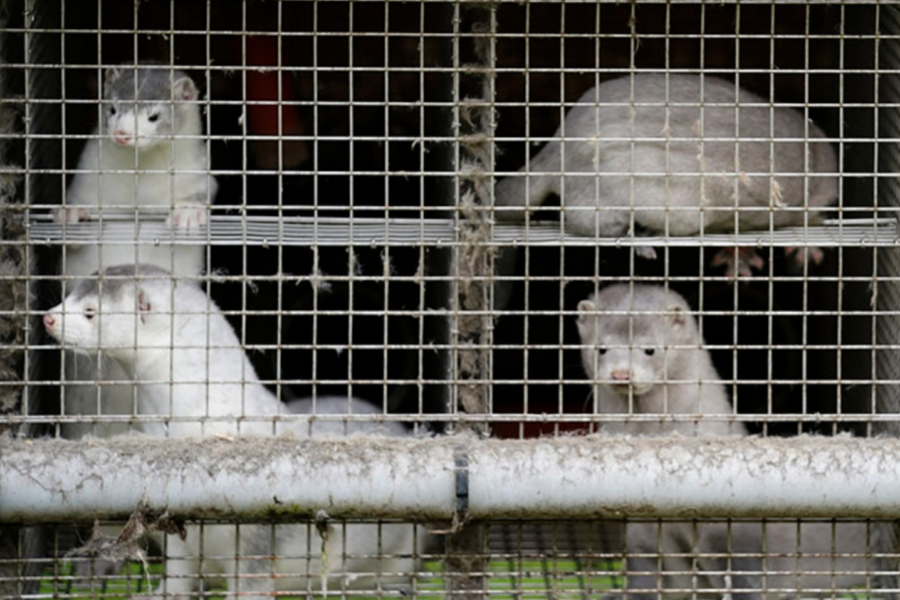(Science) Spread among captive mink could give the H5N1 strain opportunities to evolve and adapt to mammals. When mink at a big farm in Galicia, a region in northwestern Spain, started to die in October 2022, veterinarians initially thought the culprit might be SARS-CoV-2, which has struck mink farms in several other countries. But lab tests soon revealed something scarier: a deadly avian influenza virus named H5N1. Authorities immediately placed workers on the farm under quarantine restrictions. The more than 50,000 mink at the facility were killed and their carcasses destroyed.
None of the farm workers became infected. But the episode, described in a paper in Eurosurveillance last week, has reignited long-smoldering fears that H5N1 could trigger a human pandemic. The virus is not known to spread well between mammals; people almost always catch it from infected birds, not one another. But now, H5N1 appears to have spread through a densely packed mammalian population and gained at least one mutation that favors mammal-to-mammal spread. Virologists warn that H5N1, now rampaging through birds around the world, could invade other mink farms and become still more transmissible.
